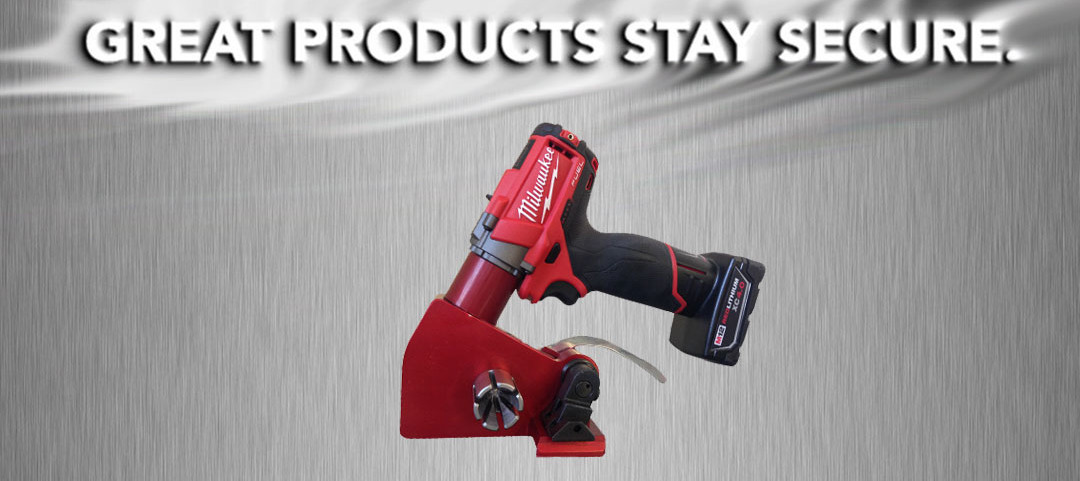Composite Cord Strapping
Composite cord strapping is a breakthrough in the non-metallic strapping technology. It matches steel straps in most of its strengths, but offers none of its drawbacks. It is more effective, safer, and simpler to handle. It is made by interweaving polyester cord filaments in UV and weather-resistant polymer coating. This type of strapping can be used in heavy-duty banding applications without being expensive.
Why Choose Composite Cord Strapping?
Composite cord strap is being increasingly used as an alternative to strong steel strapping. It is lightweight, lacks any sharp edges, and is flexible without losing its tension.
The lightweights of composite cord makes it easy to handle. You can use simple strapping tools to fasten the strap. The tensioned strap can be firmly sealed using buckles. This helps in saving costs.
The joints have very high efficiency and remain tight on heavy-duty loads. They can also absorb impacts during shipment and eliminate the risk of breaking. Cord strapping works just like a flat rope that has exceptionally high knot strength.
Comparison with Steel
Composite strapping is as strong as steel or stainless steel strapping. when it comes to break strength, it has even better impact resistance compared to steel.
You can achieve the highest-possible joint efficiency with this strapping by using wire buckles. It can also be tensioned and fastened used with an affordable manual strapping tool. You can also use seals, but they cannot help achieve the same level of joint efficiency. The different seal types include:
High Heat & UV Resistance
This type of plastic strapping has high resistance against extreme temperatures and UV rays. This allows it to be used in a wide range of harsh conditions. Under tests, it remains unchanged in the -40°F to 200°F range. The strapping also exhibits exceptionally high resistance to ultraviolet rays. The special coating further works as a UV inhibitor.
Composite cord strapping is safer, stronger, and more reliable. It helps in reducing the risk of injury for the operator and those around the strapping. there is reduced risk of injury, whether it is during tensioning, cutting, or cargo loading or offloading. These straps can replace steel. They are more affordable, and can also take the place of polyester and lumber straps in industrial applications. because it is available in longer lengths, you can also use it for strapping and shipping larger sized loads.
